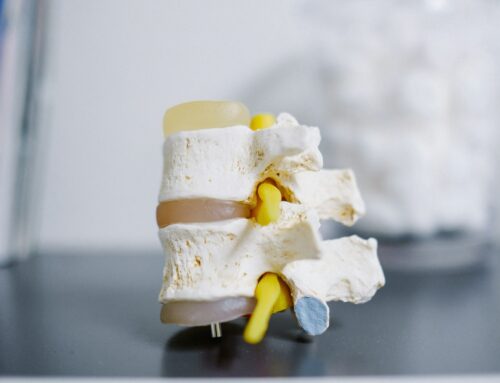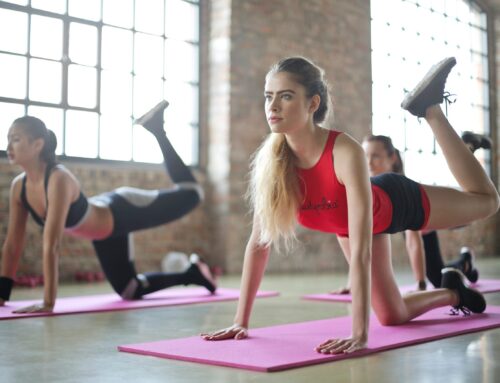Pelvic Floor Training
The pelvic floor is often overlooked, yet it is a crucial part of the human body’s musculature. It is comprised of layers of muscles and tissues, supporting essential bodily functions such as bladder and bowel control and stability for the spine and pelvis, and it even contributes to sexual satisfaction. Like any other muscle, pelvic floor muscles should be kept strong and active; however, many individuals often neglect and do not train to strengthen the pelvic floor muscles, leading to potential health issues. Pelvic floor training is an essential component of overall health and well-being. Through this blog post, we’ll help you understand the significance of pelvic floor training and explore pelvic floor exercises, finally helping you unlock the potential of this vital muscle group.
Understanding the Pelvic Floor:
Before diving into the exercises, it’s essential to understand the pelvic floor’s role in the body. The pelvic floor is located at the base of the pelvis. It acts like a hammock, supporting the bladder, uterus, and rectum. It consists of muscles, ligaments, and connective tissues that work together to provide stability and control over bodily functions.
Importance of Pelvic Floor Training:
1. Enhanced Bladder and Bowel Control: Strengthening the pelvic floor muscles can improve bladder and bowel control, reducing the risk of urinary and faecal incontinence.
2. Support for the Pelvis and Spine: A strong pelvic floor provides stability for the pelvis and spine while performing activities of daily living, also promoting better posture and reducing the risk of pelvic organ prolapse and lower back pain.
3. Sexual Health Benefits: Strong pelvic floor muscles are essential for sexual function and satisfaction in both men and women. Improving pelvic floor strength and also training the pelvic floor muscles to relax can enhance sensation and orgasm intensity.
Pelvic Floor Exercises:
1. Kegels: Kegel exercises involve contracting and relaxing the pelvic floor muscles. To perform Kegels, tighten the muscles as if you’re trying to stop the flow of urine, hold for a few seconds, and then relax. Aim for three sets of 10-15 repetitions per day.
2. Bridges: Lie on your back with your knees bent and feet flat on the floor. Lift your hips off the ground, engaging your glutes and pelvic floor muscles. Hold for a few seconds before lowering back down. Repeat for 10-15 repetitions.
3. Squats: Squats engage multiple muscle groups, including the pelvic floor. Stand with your feet shoulder-width apart, lower into a squat position while keeping your back straight, and then return to standing. Aim for three sets of 10-15 repetitions.
4. Pelvic Tilts: Lie on your back with your knees bent and feet flat on the floor. Visualise your pelvis as a clock face and gently tilt it forward, backwards, and side to side, focusing on engaging the pelvic floor muscles. Perform 10-15 repetitions in each direction.
Consistency is the key to experiencing the benefits of pelvic floor training. These exercises can be incorporated into your daily fitness routine. Furthermore, remember to maintain a good posture throughout the day, as it supports pelvic floor function.
The exercises mentioned above are only a few of the many exercises. Are you facing bladder and bowel control problems? Are you advised pelvic floor training by your doctor? To explore the full potential of pelvic floor training, contact us for a specialised and individualised treatment program.
[/fusion_text]
[/fusion_builder_column][/fusion_builder_row][/fusion_builder_container]






Leave A Comment